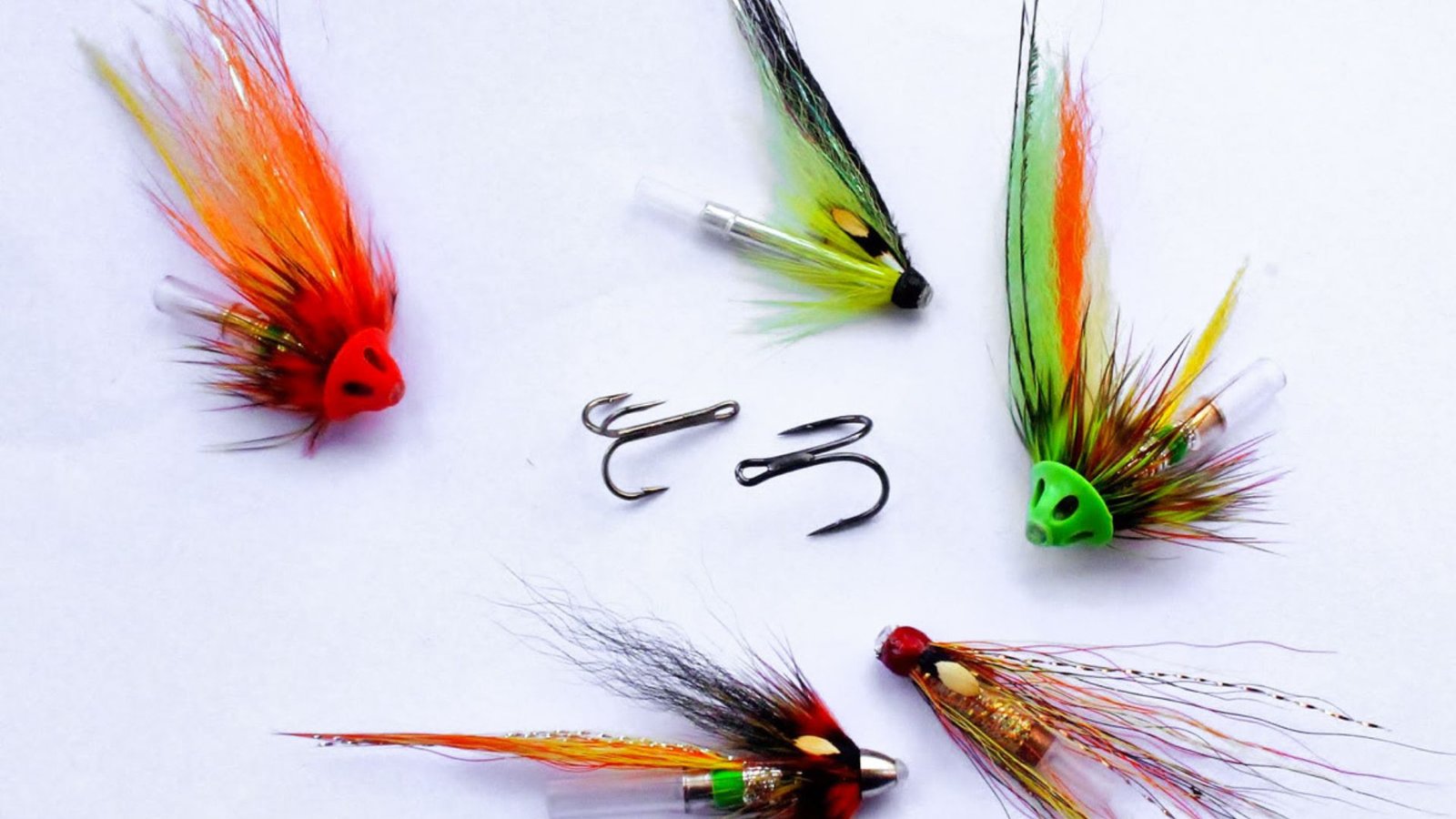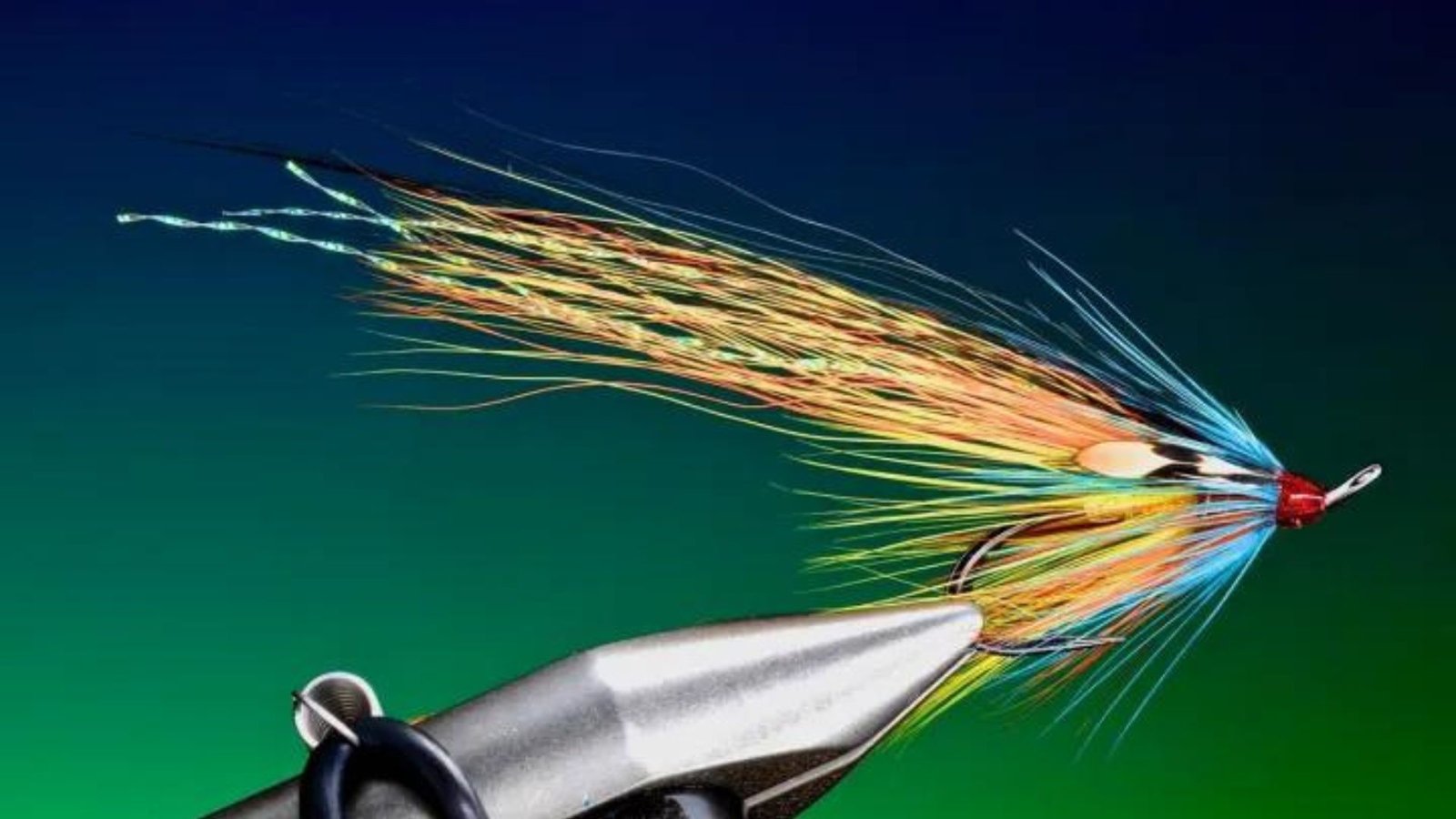Salmon fly fishing is not just a sport; it’s a pursuit that demands skill, knowledge, and a well-curated collection of flies tailored to different fishing conditions and salmon species. Building a comprehensive salmon fly collection involves selecting a variety of patterns that mimic natural prey and adjusting them based on seasonal and regional factors. Whether you’re targeting Atlantic salmon in the rivers of Scotland or Chinook salmon in the Pacific Northwest, a well-planned fly assortment can significantly enhance your chances of success.

How to Build a Salmon Fly Collection
Understanding Salmon Flies
Salmon flies come in various types, each serving a specific purpose in imitating the insects, baitfish, and other organisms that salmon feed on. Traditional patterns like the Green Highlander or the Silver Doctor have stood the test of time, while modern variations incorporate new materials and techniques to improve effectiveness. Understanding the basics of these flies is essential for selecting the right patterns for your collection.
Researching Local Fisheries and Salmon Species
Before assembling your fly collection, research the local fisheries and the salmon species you intend to target. Different salmon species, such as Atlantic, Chinook, Coho, and Sockeye, have distinct behaviors and feeding habits. Knowing which species are prevalent in your fishing area allows you to tailor your fly selection to match their preferences and seasonal movements.
Selecting Essential Fly Patterns
A balanced salmon fly collection should include a variety of patterns to cover different fishing scenarios throughout the year:
Dry Flies
Dry flies float on the water’s surface and are effective when salmon are actively feeding near the surface. Patterns like Bombers or Muddlers imitate insects or small fish that may fall onto the water.
Wet Flies
Wet flies sink below the surface to imitate nymphs, baitfish, or other underwater prey. These patterns, such as Woolly Buggers or Egg Sucking Leeches, are versatile and effective in various water conditions.
Streamer Flies
Streamers are large, often colorful flies designed to provoke aggressive strikes from salmon. Patterns like the Intruder or the Bunny Leech mimic injured baitfish and are particularly effective during salmon runs or in murky water conditions.
Considering Fly Sizes and Colors
Fly size and color are crucial factors in salmon fishing success. Vary your fly sizes based on water conditions and the size of salmon in the area. Bright and vibrant colors can attract aggressive strikes in low visibility or dark waters, while more natural tones may be effective in clear or bright conditions. It’s essential to have a range of sizes and colors in your collection to adapt to changing fishing conditions.
Building a Balanced Collection
A well-rounded fly collection covers seasonal variations and regional preferences. Consider the following when building your collection:
- Seasonal Variations: Include flies suited to spring runs, summer abundance, fall spawning runs, and winter steelhead migrations.
- Regional Variations: Research local fly patterns and preferences. Different regions may have specific fly patterns that local salmon respond to more readily.
Quality and Durability
Invest in high-quality flies tied with durable materials. Flies should withstand repeated use and the aggressive strikes of salmon. Look for patterns tied with feathers, fur, synthetic fibers, and strong hooks. Pay attention to the craftsmanship and tying quality to ensure your flies maintain their integrity even after multiple encounters with salmon.
Organizing and Maintaining Your Collection
Keep your fly collection organized and accessible with waterproof, compartmentalized fly boxes. Label or categorize flies based on their purpose, size, and effectiveness in different fishing scenarios. Proper organization not only protects your flies but also saves time on the water by allowing you to quickly select the right pattern for the conditions.
Continuing Education and Adaptation
Stay informed about new fly patterns, techniques, and local insights through fishing communities, guides, and online resources. Continually update and expand your fly collection based on evolving trends and your own fishing experiences. Adaptation and learning are key to improving your success as a salmon fly angler.
Conclusion
Building a salmon fly collection is a journey that combines artistry, science, and a deep appreciation for the natural world. By selecting a diverse array of patterns, understanding local fisheries, and maintaining quality and organization, you can enhance your enjoyment and success in pursuing these iconic fish. A well-curated fly collection not only increases your chances of landing that prized salmon but also enriches your overall fishing experience.


